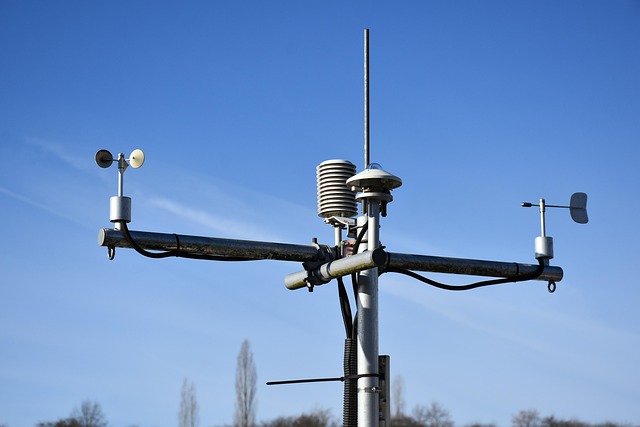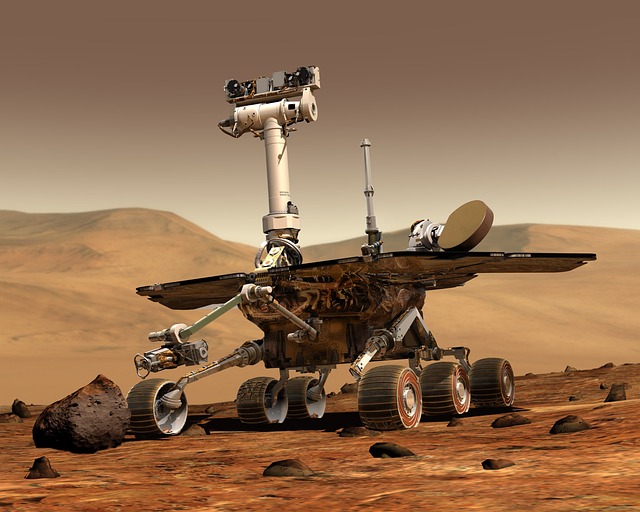In today’s fast-paced world, the ability to accurately predict weather conditions is more crucial than ever. With innovations in robotics and artificial intelligence, weather forecasting models are undergoing a revolutionary transformation that promises to enhance our understanding of meteorological phenomena. Gone are the days when forecasting relied solely on traditional methods or human intuition. Instead, we find ourselves at the intersection of technology and ecology, where automated insights redefine how we prepare for the unpredictable.
Consider this: every day, businesses, farmers, and even families depend on precise weather information to make informed decisions. The advancements in AI empower weather forecasting models to analyze massive data sets more effectively than human meteorologists ever could. Through machine learning algorithms, these models can recognize patterns in climatic data and predict weather changes with an incredible degree of accuracy.
One key aspect where robotics steps in is the deployment of drones equipped with advanced sensors. These drones scour the atmosphere, capturing real-time data on temperature, humidity, and wind patterns. This information is crucial for enhancing the existing weather forecasting models, as it allows scientists to gather a wealth of localized weather data that was previously difficult to obtain. The automation of this data collection not only saves time but also results in more reliable forecasts.
The integration of AI into weather forecasting also paves the way for more proactive approaches to business operations. Imagine a farmer who receives automated alerts based on real-time weather updates. This technology can inform them when to plant or harvest crops, thereby maximizing yield and reducing losses. On a larger scale, industries that are heavily impacted by weather, such as shipping and aviation, can leverage these models to optimize operations. The ability to foresee adverse weather conditions means fewer delays, safer journeys, and ultimately, significant cost savings.
However, it is essential to acknowledge the growing concern surrounding the ethical implementation of AI in weather forecasting. As we automate more processes, we must also ask ourselves how we can ensure that these technologies are accessible and equitable. Taking steps to include diverse voices in the development of these systems is vital to avoid perpetuating existing biases in data interpretation.
Furthermore, the interplay between AI, robotics, and weather forecasting models emphasizes the importance of interdisciplinary collaboration. Meteorologists, data scientists, and engineers must work hand in hand to refine algorithms and improve the accuracy of predictions. By fostering a culture of synergy, we can ensure that the implementations are as robust and effective as possible.
As we look ahead to a future characterized by rapid innovations, one thing is certain: the integration of robotics and AI into weather forecasting is no longer a futuristic concept; it is a present reality that promises to make significant impacts across various sectors. Through the successful deployment of these technologies, we stand to improve our responsiveness to weather events, ultimately enhancing our resilience in the face of an unpredictable climate.




